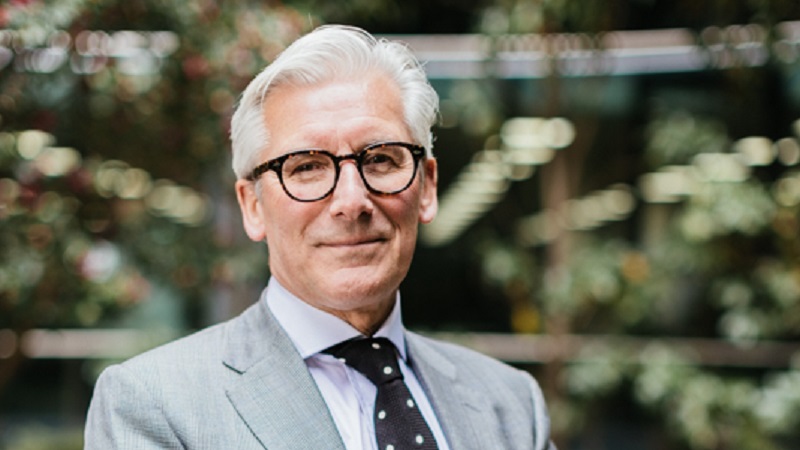If there were a prize for the best green energy, nuclear would win it every time. But is investing in nuclear power worth the risks? No, says Germany as it shuts down its few remaining reactors. No, says Japan which is building 22 new coal-burning plants as it dials down its nuclear capacity.
As we wind down our reliance on fossil fuels, it is clear that renewables alone cannot bridge the gap between supply and demand. What happens when – as in the UK this summer – the sun doesn’t shine and the wind doesn’t blow?
Macron’s smart move
In the light of the gas supply crisis in Europe and China, president Macron’s move to embrace a nuclear future looks smart. France already gets 70% of its energy from nuclear sources and has announced a €2bn (£1.7bn) initiative to design a new generation of small modular reactors (SMRs).
Quicker, cheaper and safer to build than conventional nuclear plants, the French government hopes to export the technology to other countries. The US, Canada and the UK are also ramping up support for nuclear power as part of their moves to a zero-carbon world.
All this is music to the ears of owners of mothballed uranium mines. As demand grows, buyers will want to lock in security of supply and obtain high-grade ore that requires less processing. They will also want to do business with companies which take their environment and social responsibilities seriously.
How to play the theme
Government-owned stockpiles and decommissioned nuclear weapons have kept a lid on the uranium price for many years by providing a third of the annual supply. But there is every sign that this is coming to an end.
It only takes a small rise in demand for the price to pop up which is why we have built up a significant holding in Cameco, one of the world’s largest suppliers and a leader in conversion and fuel manufacturing, which has been undervalued for a decade.
Based in Saskatoon in central Canada, it has recently signed Memoranda of Understanding (MOU) with energy providers in the US, Canada and Poland to develop SMRs and seen its stock price rise 44% in the past month.
Naturally, a mining company needs to have an exemplary ESG reputation and Cameco scores highly in having comprehensive environmental management systems across all its operating sites. It works closely with First Nation communities in Canada who are paid to take part in sample collection to ensure traditionally harvested foods remain safe to eat and water safe to drink. It has also invested $50m in the past 10 years in community youth, cultural and health and wellness projects.
Uranium is a long-term play for us. This month we also bought into NextGen Energy, another Saskatchewan-based uranium exploration company. Its low-cost plan to mine a large high-quality deposit in the Athabasca Basin looks very profitable and should produce $30m of ore a year from 2025, representing a quarter of the world’s current annual supply from mining.
Confidence in the future of nuclear
This year’s report by the Nuclear Energy Agency on the Fukushima disaster also gave us and president Biden – who announced his support for nuclear power shortly afterwards, confidence in the future of nuclear energy. As well as reporting a great leap in technical understanding of how to deal with this type of accident, it also confirmed that none the horrors we saw in the aftermath of Chernobyl had come to pass in Japan in the 10 years since the disaster.
The naysayers may try to claim you can’t be green with nuclear energy. But given the climate emergency we are facing, we believe you can’t go green without it.
Richard de Lisle is manager of the VT De Lisle America fund










